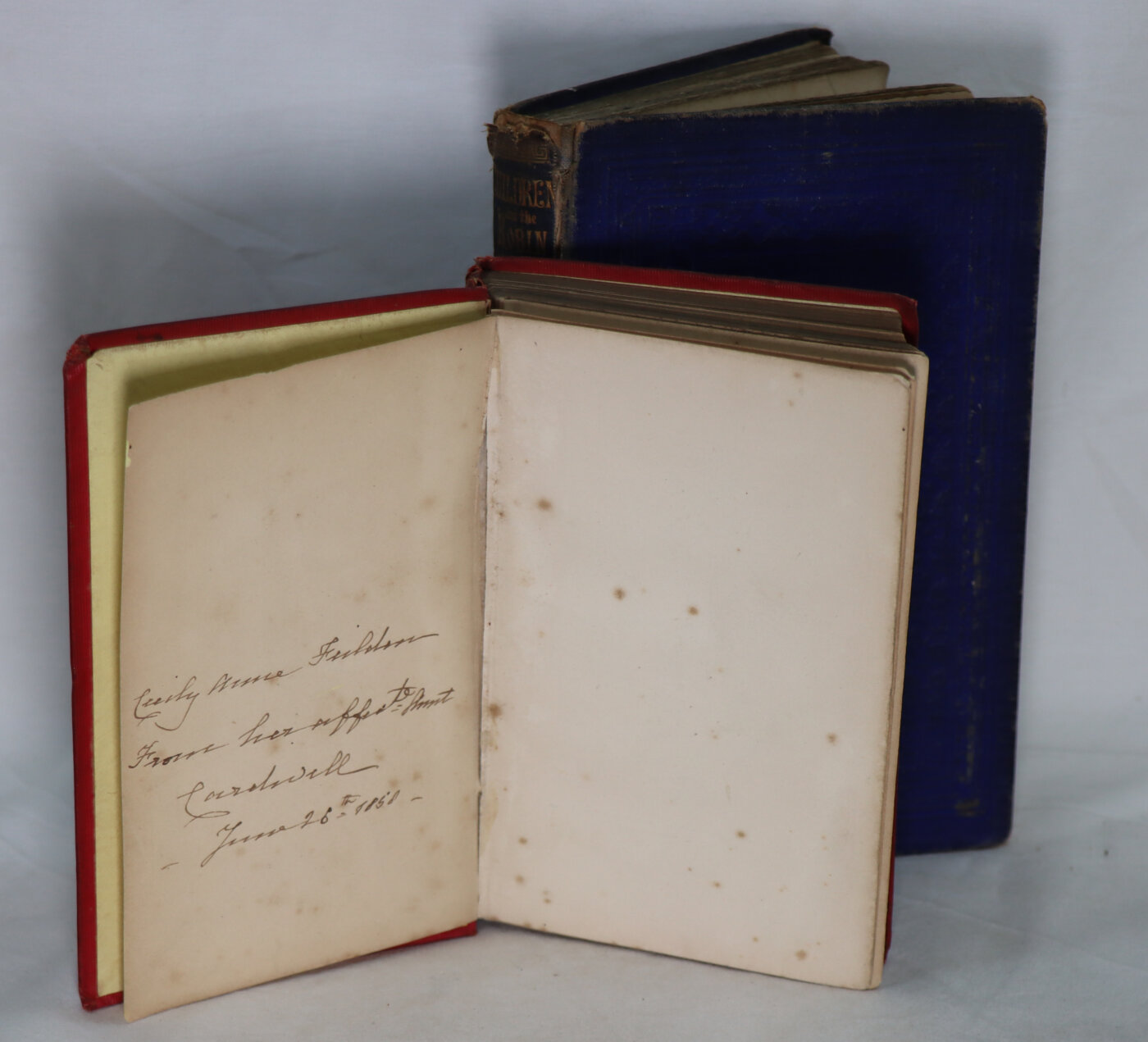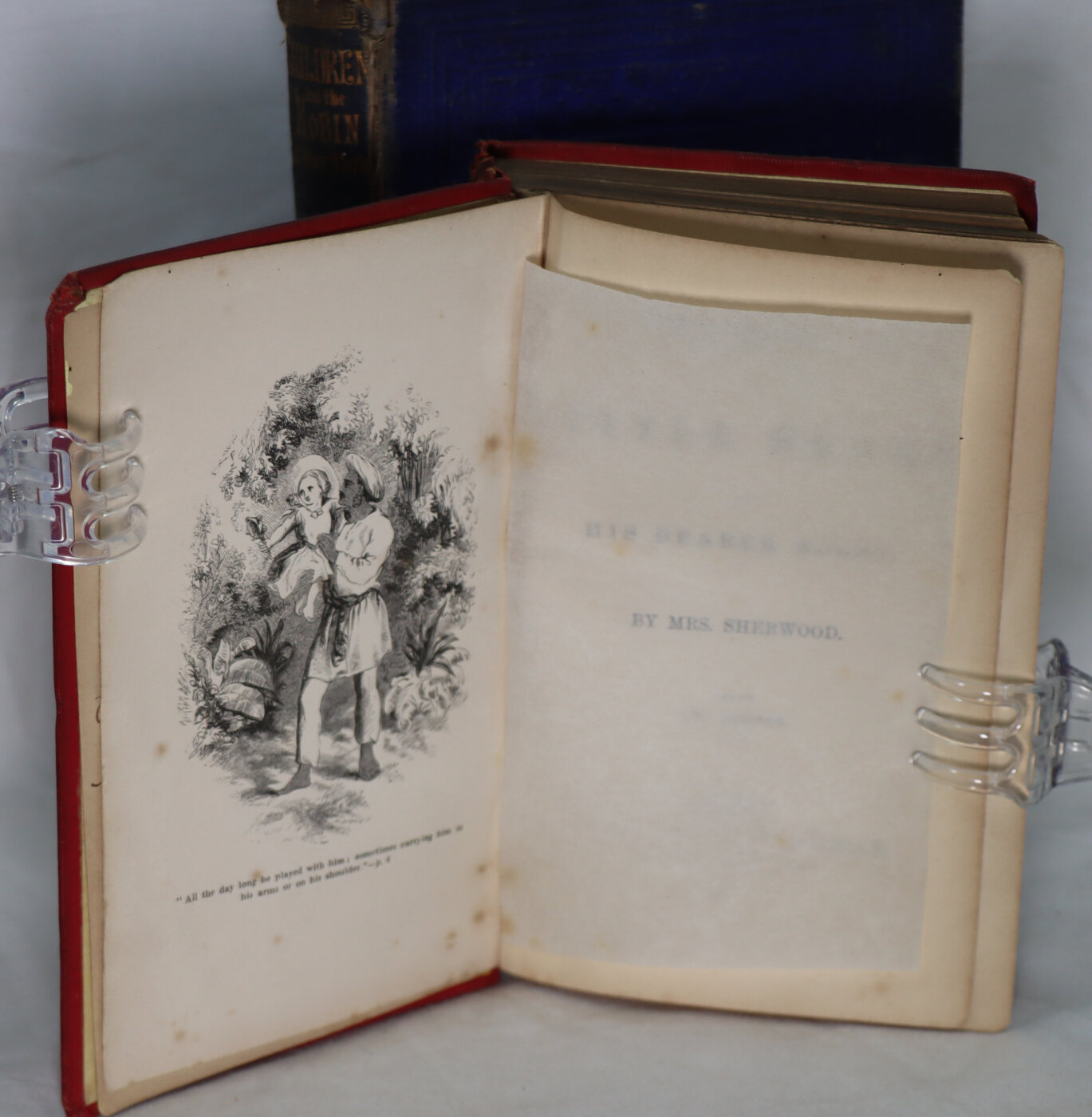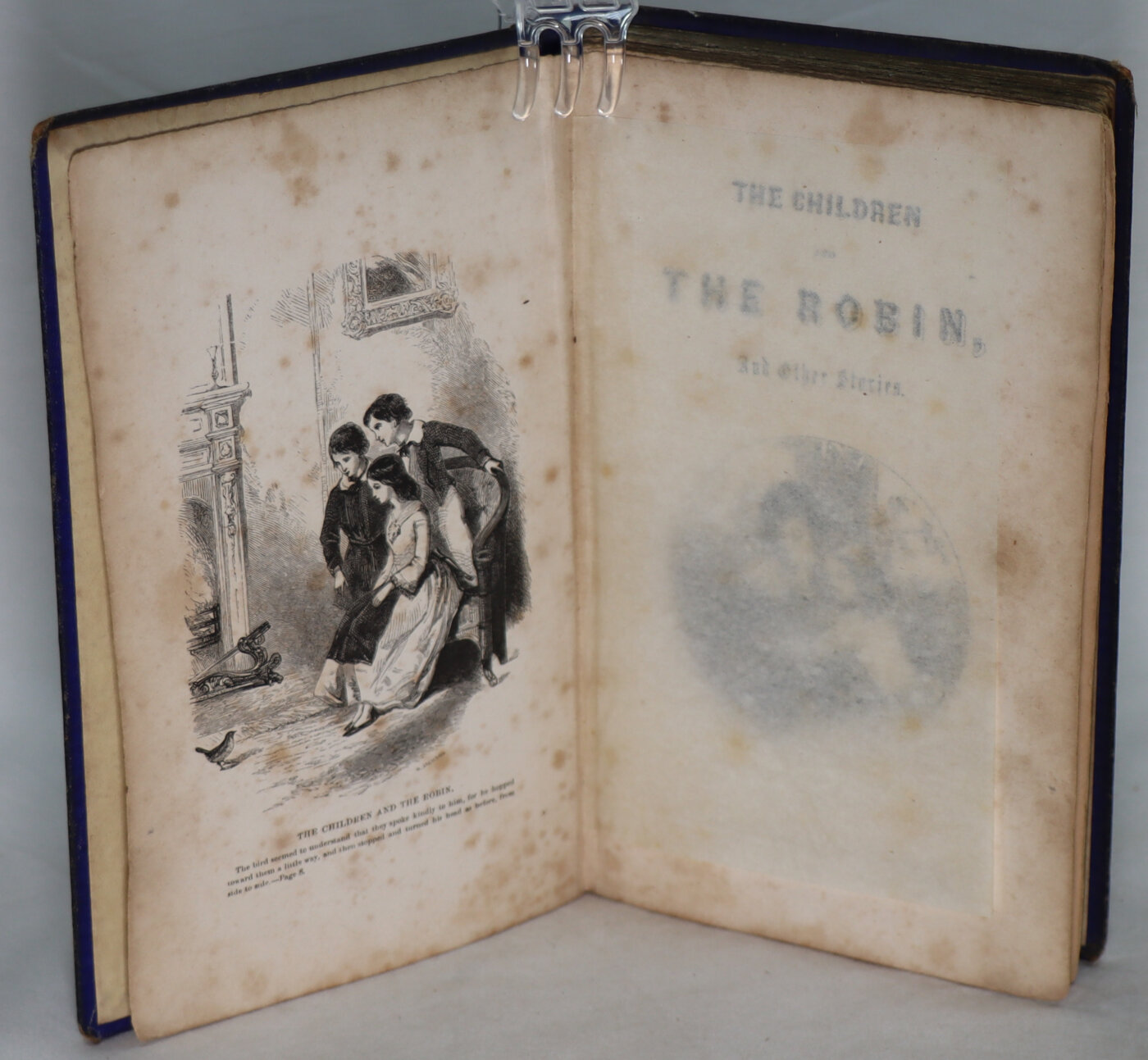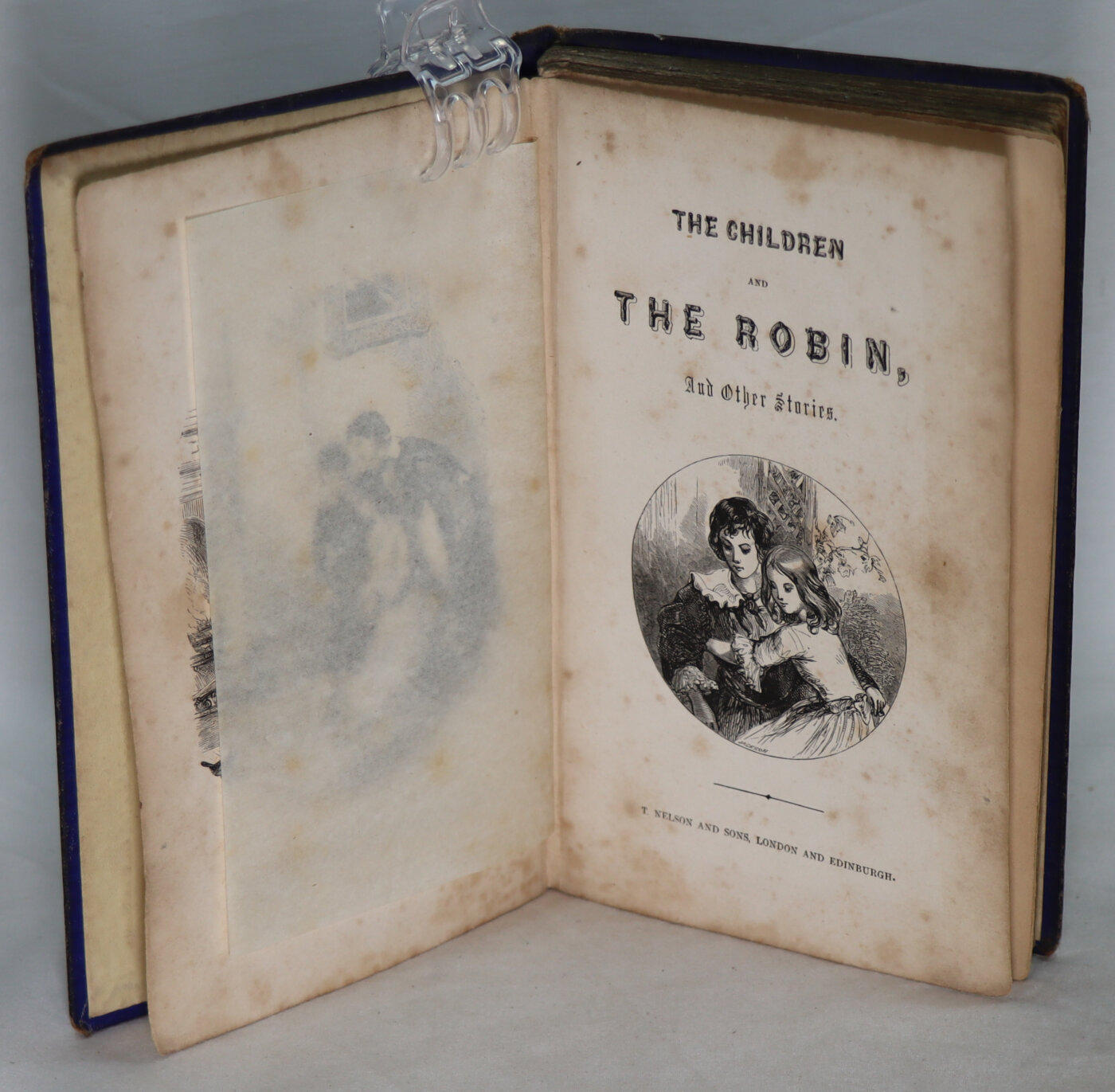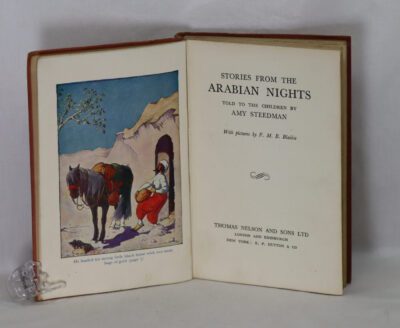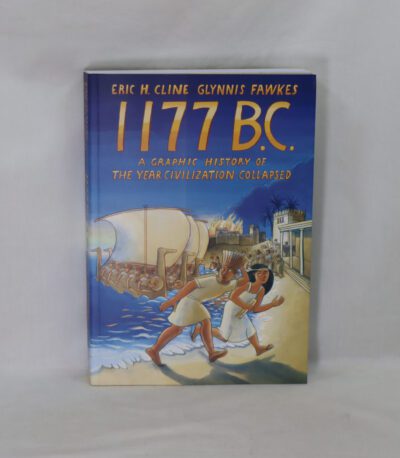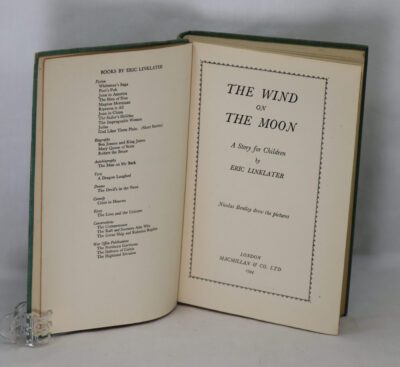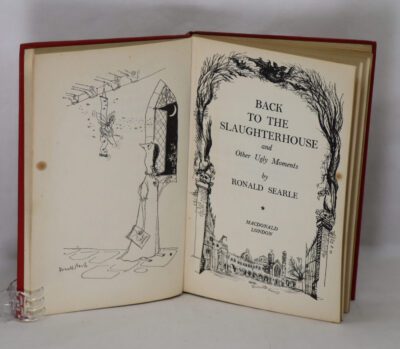Children's Books of the Empire.
By Harriet Gray. Mrs Sherwood
Printed: 1853 -1856
Publisher: Houlston & Stoneman. Thomas Nelson. London
| Dimensions | 12 × 18 × 2 cm |
|---|---|
| Language |
Language: English
Size (cminches): 12 x 18 x 2
Condition: Good (See explanation of ratings)
Your items
Item information
Description
‘Little Henry and Bearer Boosy’. – Red cloth binding with gilt title and decoration.
‘Children and the Robin’. – Blue cloth binding with gilt title and decoration.
Title page detached on one book. dimensions are for the larger book.
-
F.B.A. provides an in-depth photographic presentation of this item to stimulate your feeling and touch. More traditional book descriptions are immediately available.
-
Note: This book carries the £5.00 discount to those that subscribe to the F.B.A. mailing list.
Consider:
A: English is considered the global language of business, science, and communication.It is spoken by over 1.5 billion people worldwide, making it the most widely spoken language. As such, it has become the lingua franca of international relations, diplomacy, and commerce.
B: More folk left the British Isles from 1800 than has happened with any other Western grouping.
A possible reason for this explosion in the use of the English language may be down to English literature, and drilling down on literature the early English influence with children’s literature.
In review of the above propositions, please find two examples of 19th century English children’s literature:
The History of Little Henry (1856)
In fair condition
The History of Little Henry and his Bearer (1814) was a popular children’s book written by Mary Martha Sherwood. It was continuously in print for 70 years after its initial publication and was translated into French, German, Spanish, Hindustani (1814; 1873), Chinese, Marathi (1853), Tamil (1840), and Sinhalese. Telling the story of a young British boy who, on his deathbed, converts Boosy, the Indian man who has taken care of him throughout his childhood, the book is dominated by colonial and evangelical themes.
Little Henry and his Bearer tells the story of Henry L—, an orphan living at Dinapore in India. The first page tells of the loss of his father, who was killed in the East India Company’s service whilst ‘attacking a mud fort belonging to a Zemeendar’, and of the subsequent death of his mother before Henry was a year old. Henry is taken into the household of a well-meaning British lady, but she is wholly uninterested in his welfare. It is only his ‘bearer’, Boosy, who looks after the boy. (A bearer, a note explains, is a servant whose work is to carry a palanquin and who is often employed to look after children – pp.8-9.) Henry grows up, therefore, scarcely able to speak any English (not at all unlike the child whom Sherwood described in her journal, above). He is taken in hand at the age of five by ‘a young lady, who was just arrived from England’ – a figure representing Sherwood herself of course – who supervises his religious education (p.17). Much of the book consists of their rather catechism-like conversation. By the end of the tale, Henry has mastered Christianity, or rather Sherwood’s highly active version of it, and he turns missionary himself, seeking to convert Boosy. He succeeds, but dies himself, and the book ends with an unusual and stark representation of his fate – an image of his tombstone (p.139).
Judging by the narrative alone it is perhaps difficult to account for the extraordinary success of Little Henry. The simplicity and directness of its language is probably the book’s greatest strength. M. Nancy Cutt has also praised the depiction of the book’s hero. She thinks him ‘irresistible’, with his delicate complexion, fair hair and blue eyes, his ‘quaint costume of “panjammahs” and silver bangles on his ankles’, and she calls him ‘an interesting variation of the child of nature’ (Cutt 1974: 17). Boosy, his bearer, was a similarly appealing character, calculated to appeal to the missionary impulse. The scattered Hindustani terms were likewise surely designed to engage the reader, even if the religious zeal of the tale did not itself appeal.
Sherwood sent the manuscript of Little Henry and his Bearer to her sister, Lucy, in England in 1813. She acted as Sherwood’s agent, and sold the copyright for £5 to Edward Houlston. He was, Sherwood recorded, ‘a young bookseller, just beginning life at Wellington in Shropshire’ (Darton 1910: 413), although in fact the earliest Houlston imprint dates from 1804 (when Edward was probably working in partnership with his mother – as seems to be the case with 0124). The firm quickly prospered with an Evangelical list founded squarely on Sherwood’s prolific output. The £5 paid to her for Little Henry and his Bearer, although this was also the sum Sherwood received for many other early works, was way below its market value. Certainly once Sherwood had sold The History of the Fairchild Family to Hatchard, a rival Evangelical publisher based in London, Houston suddenly raised his payment to £25 for The Indian Pilgrim (1818) (Cutt 1974: 28-29). Of course Sherwood did not see a copy of Little Henry and his Bearer in print until a year or so after its publication, when the wife of a Baptist missionary brought a copy from England to Calcutta. Its popularity in Britain meant that Sherwood was lionized by those recently arrived in India, many of whom supposed the author of Little Henry and his Bearer to be a man (Darton 1910: 413).
The Children and the Robin (1858)
In fair to good condition.
A scarce anonymous collection of mid-nineteenth century children’s stories with a hand-coloured frontispiece. Bound in cloth with gilt lettering. Stories included in this book are: ‘The children and the Robin’ ‘Story of Harriet Gray’ ‘The Honeysuckle and the Bird’s Nest’ ‘The Basket of Peaches’ ‘Great Things from Little Things Do Grow’. In a cloth binding. Externally, worn to extremities with bumping. Tidemark to boards. Pages age toned.
Read these and now understand the above proposition!
Condition notes
Want to know more about this item?
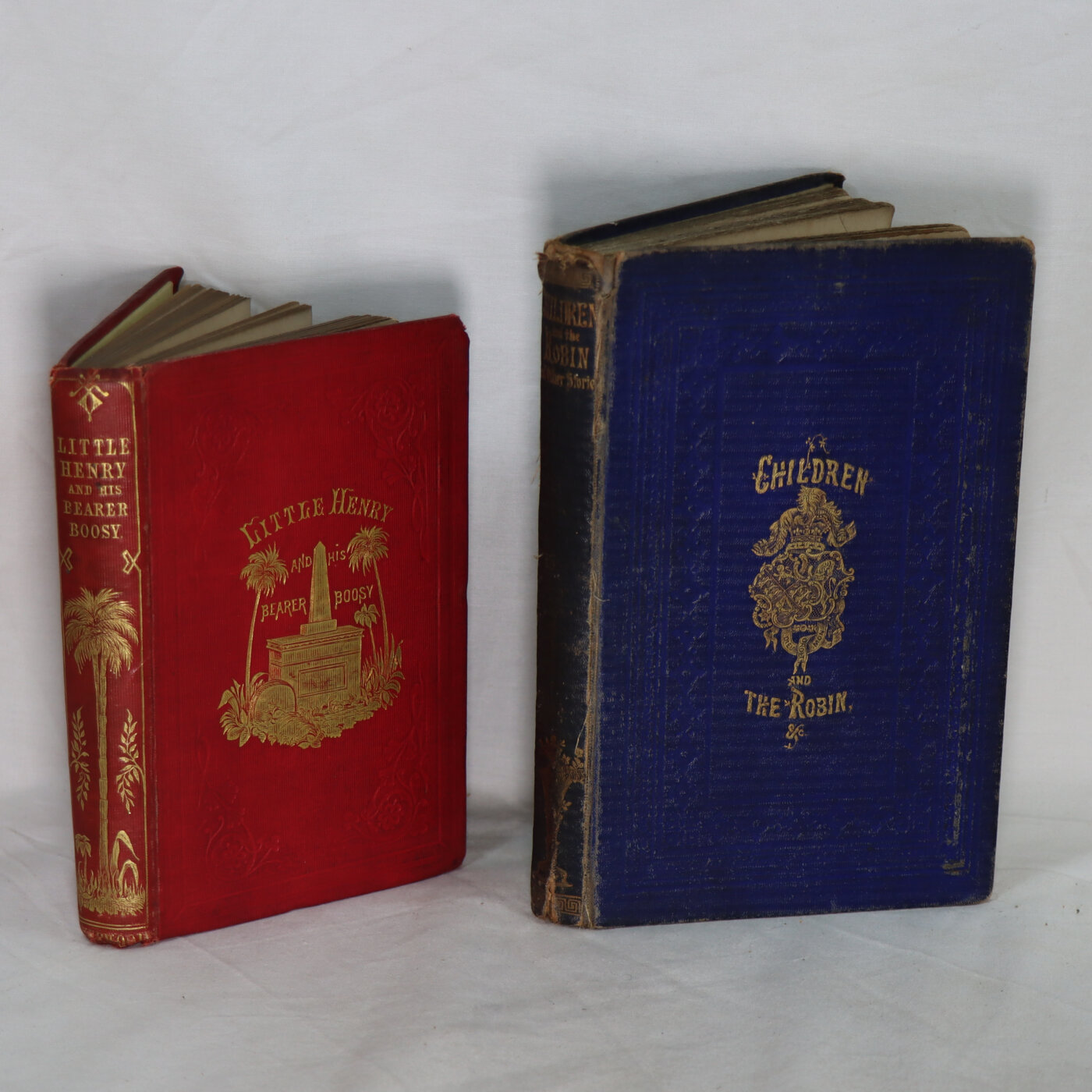
Related products
Share this Page with a friend

